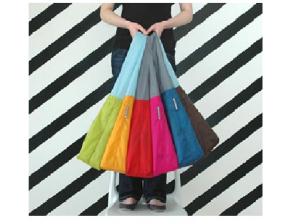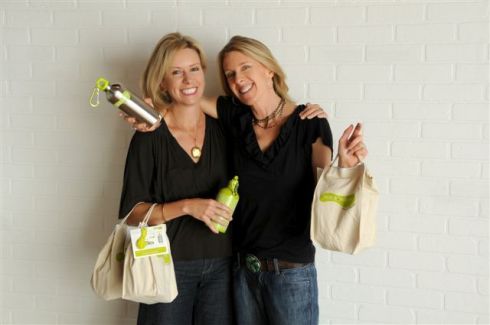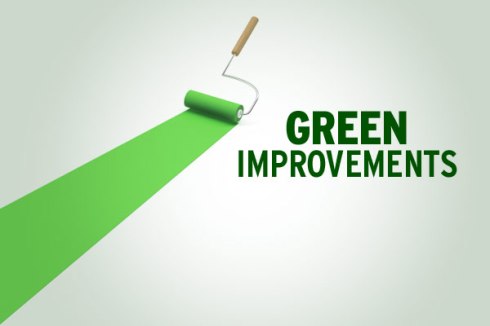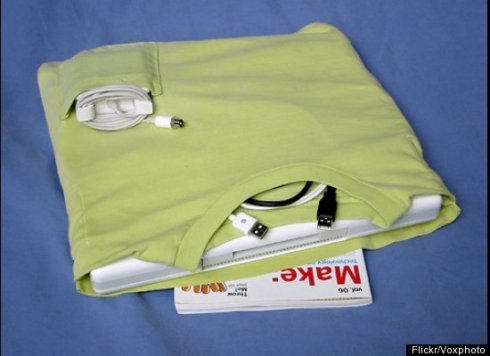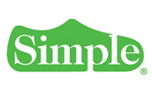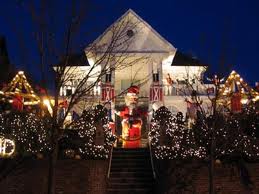A few weeks ago I came across BTTR Ventures, a company that uses coffee waste to grow mushrooms…whaaa? Turns out it actually works, and it works really well. BTTR is pronounced ‘better’ and stands for ‘Back to the Roots’ – but it could just as easily stand for ‘Poster-Child for Innovation and Sustainability’. Are their products sold near you? You betchya. I was lucky to interview not only the two co-founders Alejandro Velez and Nikhil Arora, but their marketing guru Lisa Wang as well.
LC: So coffee waste can be used to grow mushrooms. In my mind, those two go together like ham and tuna fish. Based on your plethora of awards since 2009, I believe you guys are on to something, but could you explain what inspired you to use coffee waste? Why does it work?
Alejo: The greatest ideas come when you least expect it. Nikhil and I were in a business ethics class when our professor, Alan Ross, had mentioned that gourmet mushrooms could be grown on recycled coffee grounds. Neither of us knew the other, but we both separately contacted our professor to get more information. He hooked us up and from there, we started talking about how we could make this work. After doing some research, we found out less then 1% of the coffee beans actually ends up in your morning cup of joe, the rest is tossed. We thought about how addicted America is to coffee, and how we could help divert this waste into something usable. It just so happens that the coffee grounds when condensed is a perfect medium for oyster mushrooms to grow on, acting similar to something like wood.
 LC: Does the type of coffee bean alter the taste of the mushroom?
LC: Does the type of coffee bean alter the taste of the mushroom?
Lisa: We get this question a lot. So many people ask us, “do the mushrooms taste like coffee at all?” The coffee grounds don’t alter the taste of the oyster mushrooms in the least bit, so the specific coffee bean certainly does not as well!
LC: Talk about innovative. I feel like Alejo and Nikhil are mad mushroom-eating scientists that aren’t actually mad, but genius. Did you have any science-experiment flops/experiences that you look back on now and get a good chuckle?
Alejo: Haha, yeah it’s funny that you ask. The best story was the first time we ever tried growing these mushrooms. After we met and had talked and researched a bit on what we needed to make this happen, we went to our local Peet’s Coffee and asked for some coffee grounds. We set up 10 buckets with the mushroom spores. At the time, I was living in my fraternity house, so we just left these huge buckets of coffee grounds out in the kitchen over Spring break. When we came back, out of the 10 buckets we set up, only one had a little cluster of oyster mushrooms. It was really because of that one bucket that we decided, “Hey, this might actually work.”
LC: You guys went from supplying the Berkeley Whole Foods with mushrooms to being the one, the only oyster mushroom supplier to all NorCal Whole Foods stores. When I go home to NYC in May, can I expect to find some BTTR in the Union Square Whole Foods?
Nikhil: You can find them in every single Whole Foods nationwide by May!! And as of April, you can find us in 9 out of the 11 Whole Foods regions… including the Northeast!
LC: Congratulations! Awesome. Word on the street is that you guys are so heavily involved in the community that you donated soil to 10 urban school and community gardens, won UCLA’s Opportunity Green Conference Top 25 Sustainable Company in 2009, and have a FB album dedicated to sharing your outreach experiences. How has your community involvement influenced the way BTTR runs the B?
Nikhil: Well, when we started Back to the Roots, one of the most important aspects of the company was its “sustainability.” This word definitely is used a lot these days and can mean a lot of different things to a lot of different people. When we think of this word and Back to the Roots’ relationship with it, the community aspect is inseparable. On a micro scale, we create a closed loop system by using recycled coffee grounds to grow mushrooms. The used coffee grounds rich with mycelium turns into great soil amendment and compost, returning nutrients back into the soil. On a macro scale, our community drinks the coffee, creating large amounts of coffee ground waste. We create these mushroom kits for our community, to divert the waste that would otherwise be in the local landfills. Currently we are diverting over 32,000 lbs of coffee grounds a week. We then close this larger circle by donating part of our used coffee ground-turned soil amendment to urban farms serving the community, the same community which drinks the coffee. So incorporating the community into our business isn’t just a good way to give back, but it is essential to our survival. Community involvement is really at the heart of our company, and so at every step of the way, we are always trying new ways to engage and incorporate the community into the way we do business.
LC: Based on your innovative business model, this creative prompt shouldn’t be too difficult for you. I kindly request that you create a haiku relating to your booming mushrooming business.
Lisa:
Four seasons a year
Mushrooms inside your kitchen
Mushrooms everywhere
Thanks Alejandro, Nikhil,and Lisa! Okay readers. Time to hit up your Whole Foods to make some Mushroom Maki!



